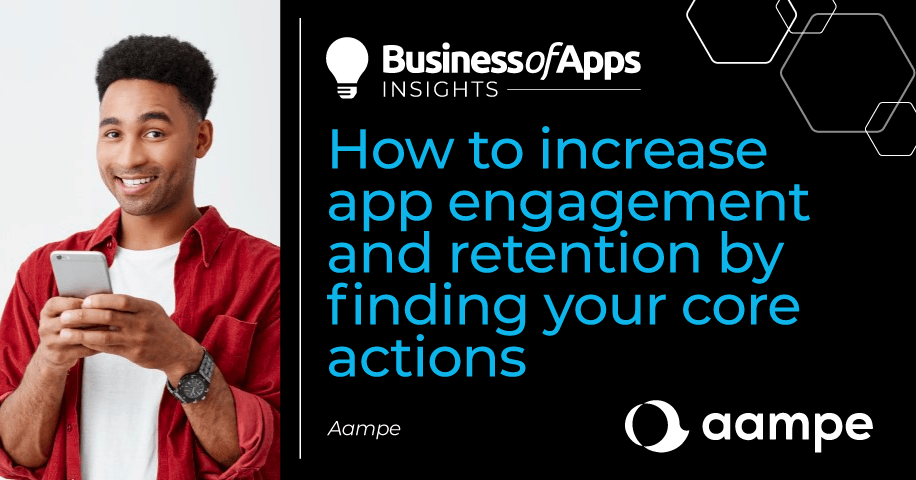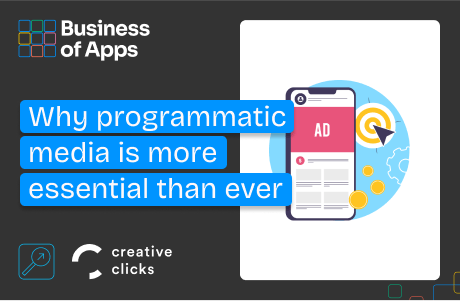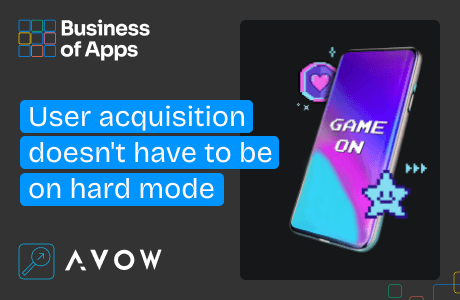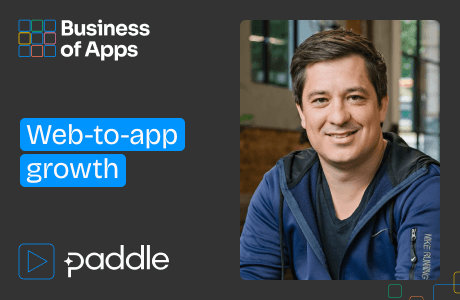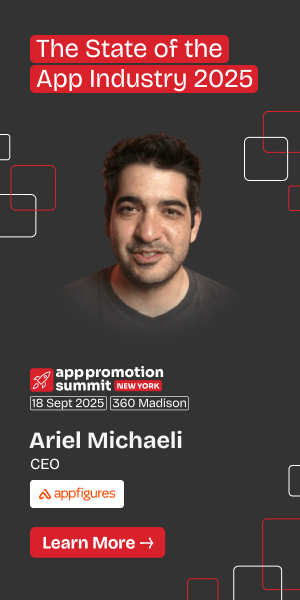Tracking and optimizing for generic events like app opens or even conversions can often drive marketers to make poor decisions — actions that increase activity but don’t actually move your core metrics.
A much more effective approach is by finding and driving your core actions.
Read below to learn what a core action is and how you can find and use your app’s core actions to drive improvements across your key KPIs.
What is a “core action”?
A core action is an action a user performs within your app that most strongly correlates with that same user achieving your key KPIs (subscription, conversion, retention, etc.)
For example, in a recent interview in Lenny’s Podcast, Sarah Tavel, former product manager at Pinterest, disclosed their core action and how their team found it:
“We looked at every action that you could do on Pinterest — so we had liking, following, clicking through, time on site, pinning, repinning. And we looked at, first of all, what percentage of users complete those actions. And if you do that action in a week, what’s your propensity to come back the following week? And we basically ranked that.
And what we saw was that if you pinned something or repinned something […] you had an incredibly high probability that you would come back. So if someone’s pinning something, they’re coming back to Pinterest the next week with a super high, more than 90% probability at the time.”
What Sarah is alluding to is called a propensity analysis.
Propensity analysis is a statistical technique used to predict or measure the likelihood of specific events or behaviors occurring based on the historical data and characteristics of individuals or entities.
Payments are silently stalling startup growth
High fees. Failed payments. Single point of failure. Our report shows why payments are holding startups back and how to fix it.
Download The ReportSee more detailed information on finding and using propensities here.
For Pinterest, focusing on clicks, opens, shares, etc., would have been a much less effective strategy than focusing on driving pins.
Focusing on the core action led to the biggest improvement in Pinterest’s key metric of retention.
What have other apps found?
Interestingly enough, apps often find that their core action is not their main conversion event.
What makes users stay
Using retention as an example, several eCommerce apps we’ve worked with discovered that their ‘purchase_complete’ event only had a ~ 50% 1-month retention propensity (meaning, there’s roughly only a 50% chance that a user who made a purchase will still be making purchases a month later).
Similarly, several subscription apps we studied found that events like ‘workout_complete’ and ‘lesson_complete’ only had ~50% 1-month retention probabilities — the probability that a user who was regularly working out today would continue using the app a month later was like flipping a coin.
On the other hand, other, seemingly less important events, like ‘loyalty_program_balance_viewed’ and ‘social_share,’ had much higher retention propensities. Users who completed these core actions were much more likely to still be around next month.
What makes users leave
By running the analysis from the bottom up, you can see which events have very low retention propensities to learn which events typically lead to churn.
For example, one gaming app found that a particular game — which was fine for existing users — had a very low retention propensity for new users. Changing the user experience so users didn’t start with this particular game first resulted in a 4x increase in retention.
Another eCommerce app found that a user who made their first purchase with a gift card or had added something to a wish list on their first session had a high propensity to churn. By giving these users a down payment into their loyalty program, they were able to shift a percentage of these users towards events and actions with higher retention propensities.
How to apply this to your unique KPIs
A propensity analysis doesn’t only have to look at retention. You can conduct an analysis that gives you your propensities for any particular outcome (like subscription/re-subscription, conversions, etc.). You can use this data to understand your core actions that influence each one of your KPIs and goals.
For a summary of propensities with key examples, see our blog here.
How do you find your core action?
Here are the basic steps to conduct a propensity analysis on your app:
- Decide which business outcome(s) you really care about. It has to be something you can measure, even if you can only measure it in retrospect.
- Get an export of your event stream data. (based on your particular app’s usage pattern). The more data (more events, longer time period, etc.), the better.
- Transform your measurable events in different ways. Count them per hour, per day, per week, and/or per lifetime. Count how much time happened between each time someone does them. Count how much time between the first time you see a user and the first time they do each of these events. This analysis helps you uncover deeper patterns that may be significant.
- Train a model that predicts your desired business outcome(s) using the features you measured. Note: We don’t mean to oversimplify things. You’ll probably have to try several different models, and each of those models has several different settings you’ll need to play with. If you don’t have the luxury of an in-house data science team, you can likely find a freelancer (or contact us) to help.
- Identify your core actions. Once you have the model trained, you can look at some measure of feature impact (model coefficients, feature scores, Shapley values, etc. – all depend on what model you use). The features with the highest scores are your core actions.
What to do after you find your core action
After you identify your core action (or the events that lead to churn), you can do many valuable things, like:
- Send push notifications that emphasize the value of users completing those core actions. (e.g., for Pinterest, “Pin your favorite finds so you don’t lose them!”).
- Launch in-app messages or send emails with helpful content that helps educate users on how to complete your core action (e.g., “Wondering how to save your faves? Click here to learn the basics of pinning!”).
- Drive product changes that make it easier for your users to complete your core actions and avoid those actions that most strongly correlate with churn (e.g., remove or hide app features that lead to churn or increase the size of buttons that correlate with retention).
- Set up triggered messages and campaigns strategically around those core activities to help encourage users to fall into positive patterns of app usage (e.g., if loyalty programs strongly correlate with retention, send a push notification to notify users when they accrue more points).
Using these methods, we’ve helped apps reach new levels of meaningful engagement and conversions while reducing churn.
Focus on your core!
If you need any help, or if you’re interested in running an analysis on your app, feel free to reach out.



